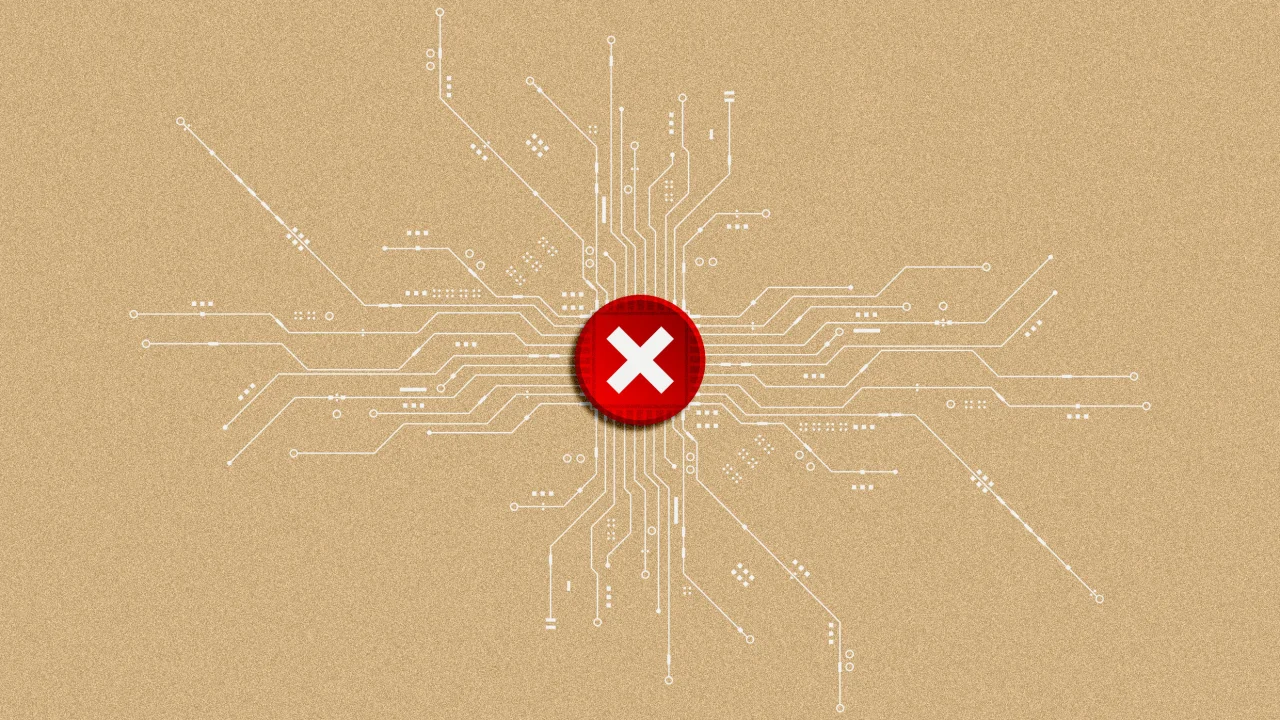Break the cycle of inefficiency

In today’s workplace, everyone’s racing to a digital finish line. Organizations have embraced transformation, but in a rush to adopt new technologies, many leaders have prioritized speed over strategy without aligning teams, systems, and goals.
The result? Disconnected ecosystems where information gets lost and workflows become increasingly disjointed.
To accelerate effectively, teams need more than just tools. They need clarity. The data from Lucid’s recent acceleration equation survey highlights that when teams build from a common foundation with shared context, processes, and alignment, they save time and enhance agility—enabling everyone to move faster together.
Identify the visibility gap
There’s an increasing divide in confidence and clarity around how teams understand their work. Visibility isn’t just about dashboards, it’s about a shared understanding of expectations, deliverables, and goals. And that understanding is where the gaps are widening.
While 93% of executives in the survey said they feel confident in project expectations, only 74% of individual contributors feel the same. Without clarity on how tasks contribute to broader goals, even high-performing teams face friction, redundancy, and missed opportunities.
This lack of shared visibility is compounded by the scattered information that’s become all too common in today’s workplace. The average employee toggles between multiple platforms just to get a full picture of a project. It’s no surprise that 40% of knowledge workers don’t know where to find key project resources, leading to delays, duplication, and frustration. These visibility gaps and scattered systems don’t just slow teams down, they trap them in inefficient cycles that waste time and sap momentum.
Workers are stuck in a cycle of disconnect
Even the most capable teams can falter when processes lack consistency and documentation. Without clear guidance, employees often spend more time deciphering workflows than executing them. Our recent survey asked workers how often they recreate processes or documentation simply because they can’t find them—and nearly a third of workers recreate processes multiple times a week. With that, 43% of executives struggle with managing change effectively. This is not due to resistance to structure but stems from insufficient documentation and communication.
I’ve seen this firsthand while scaling a company. As deadlines pile up and teams shift into execution mode, process and visibility often take a back seat. What feels like progress can quickly turn into misalignment when there’s no connective tissue holding efforts together. This fragmentation leads to significant time losses, with a staggering 85% of workers spending up to two hours daily searching for information. That’s an entire workday lost each week.
Disconnected tools and fragmented project context can leave teams in a loop of improvisation and inefficiency. And while meetings are meant to solve that, more than 60% of employees say they walk away without clear next steps, which only adds to the confusion.
One in five workers believe standardized, updated process documentation would save them at least three hours daily. This highlights an incredible opportunity for massive time and cost savings. What I’ve realized, and what our customers consistently tell us, is that teams don’t need more systems; they need clearer, more centralized information that meets them where they already work and breaks the unproductive cycle consuming their time and energy.
What’s really needed to accelerate work
Today’s workplace isn’t suffering from a lack of tools—but from too many disconnected ones. About 28% of employees surveyed say outdated or inadequate tools are slowing them down, while scattered information across platforms creates confusion instead of clarity. Teams often end up working in parallel rather than in sync, wasting valuable time and losing momentum as they struggle to find what they need. What truly accelerates work isn’t more tools but better orchestration that connects existing solutions in a way that enables clear, confident teamwork.
While most firms aren’t looking to overhaul their tech stacks, they’ve recognized that the key to efficiency lies in clearer communication protocols and more effective collaboration. So now is the time to invest in the right areas: streamlined processes and integrated tools that foster cross-functional work. But the real magic happens when creating consistency. When teams share the same view and access information effortlessly, they don’t just move forward—they accelerate with shared purpose. Our opportunity as leaders? Transform scattered effort into a unified force that powers genuine, breakthrough innovation.
Dave Grow is CEO of Lucid Software.
What's Your Reaction?
 Like
0
Like
0
 Dislike
0
Dislike
0
 Love
0
Love
0
 Funny
0
Funny
0
 Angry
0
Angry
0
 Sad
0
Sad
0
 Wow
0
Wow
0








.jpg)




















































































